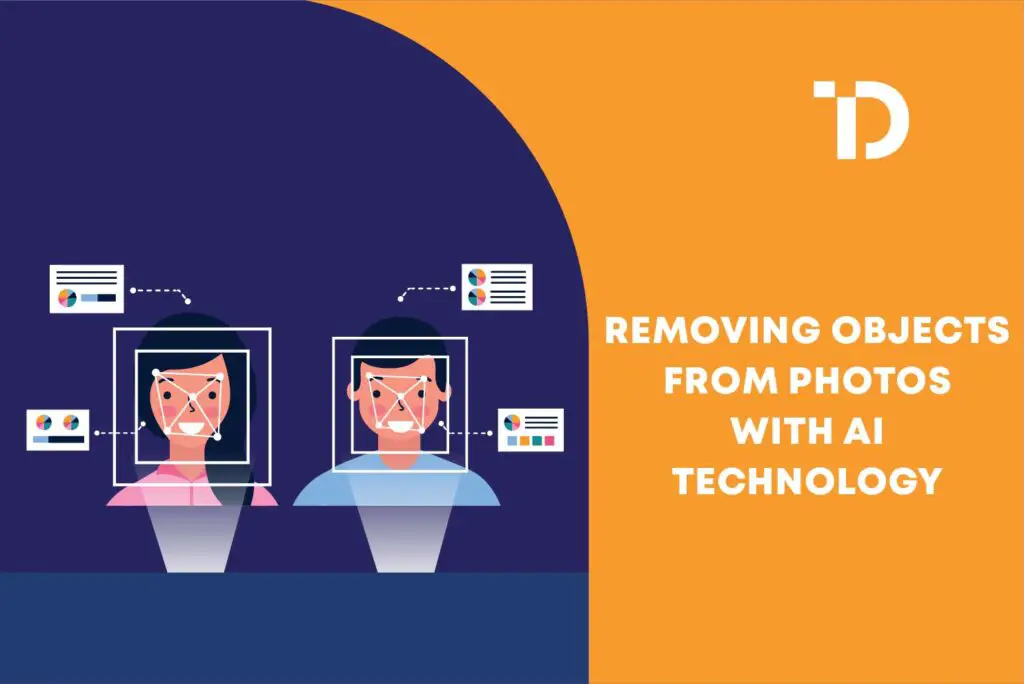In the realm of digital photography, the ability to manipulate images has become more accessible and sophisticated than ever before, thanks to advancements in Artificial Intelligence (AI) technology. Among the myriad tasks in photo editing, removing unwanted objects from photos stands out as a common challenge faced by photographers and enthusiasts alike. Whether it’s eliminating distractions from scenic landscapes or refining professional portraits for LinkedIn headshots, AI-powered tools offer innovative solutions to streamline the editing process. In this comprehensive guide, we explore the transformative capabilities of AI technology in removing objects from photos, empowering users to achieve impeccable results with efficiency and precision.
Understanding the Need for Object Removal
Photography serves as a visual medium for storytelling, communication, and artistic expression. However, real-world scenes often contain elements that detract from the intended message or aesthetic appeal of an image. From cluttered backgrounds to unexpected intrusions, unwanted objects can disrupt the composition and visual coherence of a photograph. The need to remove objects from photos arises not only to enhance visual clarity but also to elevate the overall impact and professionalism of the image. This is particularly relevant in contexts such as LinkedIn headshots, where portraying a polished and professional image is paramount for career advancement and networking opportunities.
The Evolution of Object Removal Techniques
The evolution of object removal techniques mirrors the advancements in digital imaging technology and software capabilities. Traditional methods, such as manual selection and cloning, have given way to more sophisticated AI-driven solutions that leverage machine learning algorithms and neural networks. These technologies enable automatic detection and removal of unwanted objects while preserving the integrity of the scene and minimizing manual intervention. As a result, photographers and users can achieve seamless edits with remarkable speed and accuracy, transforming ordinary photos into polished works of art.
Leveraging AI Technology for Object Removal
AI technology has revolutionized the landscape of photo editing, offering powerful tools and algorithms to simplify complex tasks. When it comes to removing objects from photos, AI-powered solutions excel in several key areas:
1. Automated Object Detection
AI algorithms can analyze images and identify potential distractions or unwanted objects with remarkable accuracy. By recognizing patterns, textures, and spatial relationships, these algorithms pinpoint areas that require removal, streamlining the editing process and saving valuable time for users.
2. Intelligent Content Replacement
AI-driven object removal tools employ sophisticated inpainting techniques to seamlessly fill in the gaps left by removed objects. By analyzing surrounding pixels and synthesizing new content based on contextual cues, these tools ensure a natural and cohesive transition between edited and unedited areas of the image.
3. Real-time Feedback and Iteration
Many AI-powered editing platforms offer interactive features that allow users to preview edits in real-time and make adjustments on the fly. This iterative workflow empowers photographers to fine-tune their edits, experiment with different techniques, and achieve the desired result with precision and confidence.
Utilizing AI for LinkedIn Headshots
LinkedIn has emerged as a pivotal platform for professional networking, career development, and personal branding. As such, the quality and presentation of one’s LinkedIn profile picture carry significant weight in shaping first impressions and fostering professional connections. Here’s how AI technology can enhance the process of creating compelling LinkedIn headshots:
1. Polished and Professional Appearance
AI-powered object removal tools enable users to remove distractions and imperfections from their LinkedIn headshots, ensuring a clean and polished appearance. By eliminating background clutter or blemishes, individuals can project a professional image that resonates with potential employers, colleagues, and business partners.
2. Consistency and Cohesion
AI technology allows users to maintain consistency in their LinkedIn headshots by removing inconsistencies or distractions across multiple images. Whether it’s aligning backgrounds, adjusting lighting, or refining facial features, AI-driven editing tools ensure a cohesive visual identity that reflects professionalism and attention to detail.
3. Time and Efficiency
With AI-powered object removal tools, creating compelling LinkedIn headshots becomes a streamlined and efficient process. Users can achieve professional-quality edits in a fraction of the time required by traditional methods, allowing them to focus on building their professional network and advancing their career goals.
Best Practices for Object Removal and LinkedIn Headshots
While AI technology offers powerful capabilities for object removal and photo editing, it’s essential to adhere to best practices to ensure optimal results:
1. Select High-Quality Images
Start with high-resolution images for your LinkedIn headshots to ensure clarity and detail. High-quality images provide a solid foundation for AI-powered editing tools to work their magic and produce professional results.
2. Pay Attention to Lighting and Composition
Good lighting and composition are key elements of compelling LinkedIn headshots. Choose well-lit environments with minimal shadows and distractions. Position yourself in the frame to capture a flattering angle that highlights your professional demeanor and personality.
3. Use AI Tools Responsibly
While AI-powered editing tools offer unprecedented convenience and efficiency, it’s important to use them responsibly and ethically. Avoid over-editing or misrepresenting your appearance in LinkedIn headshots. Aim for authenticity and professionalism to build trust and credibility with your professional network.
4. Seek Feedback and Iteration
Don’t hesitate to seek feedback from peers, colleagues, or professional photographers when refining your LinkedIn headshots. Constructive criticism can help you identify areas for improvement and refine your visual presentation for maximum impact and effectiveness.
Conclusion
AI technology has revolutionized the process of removing objects from photos and creating compelling LinkedIn headshots. By harnessing the power of machine learning algorithms and neural networks, photographers and users can achieve professional-quality edits with remarkable speed, accuracy, and efficiency. Whether it’s removing distractions from scenic landscapes or refining facial features for LinkedIn profiles, AI-powered editing tools offer innovative solutions to elevate the visual appeal and professionalism of images. As technology continues to evolve, the possibilities for creative expression and visual storytelling are endless. Embrace the transformative capabilities of AI technology, and unlock new opportunities to showcase your talent, expertise, and professional identity in the digital realm.
Related Articles:
Stamp Size Photo Size(Dimensions) in Pixels,Inches, CM(Photoshop, Pixlr)
